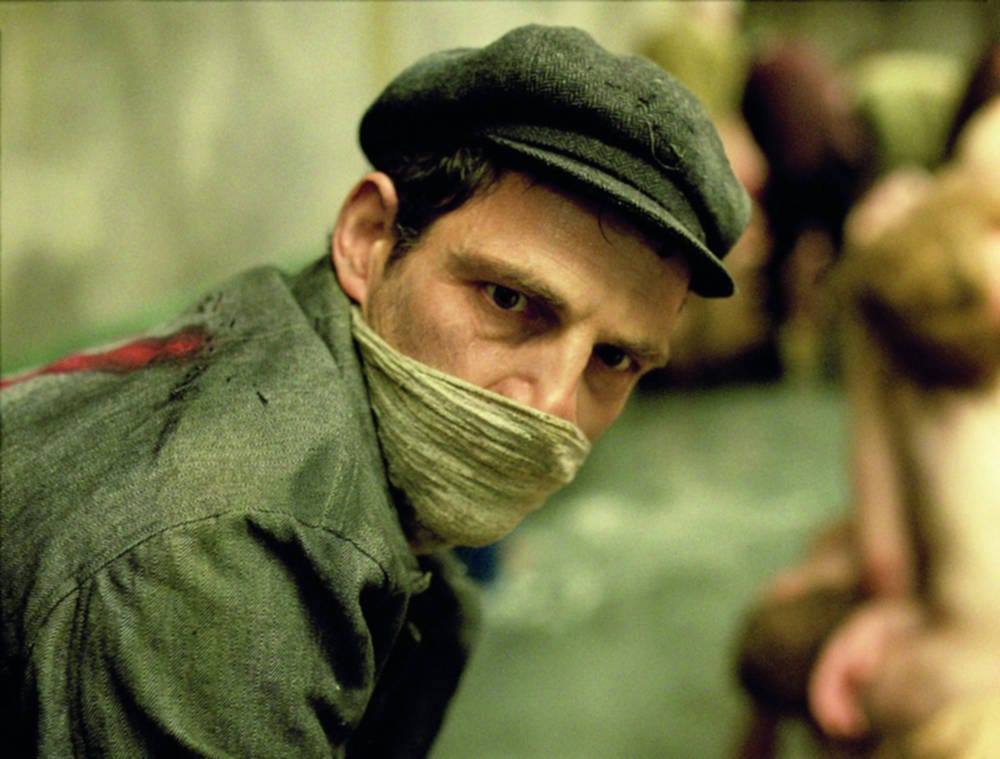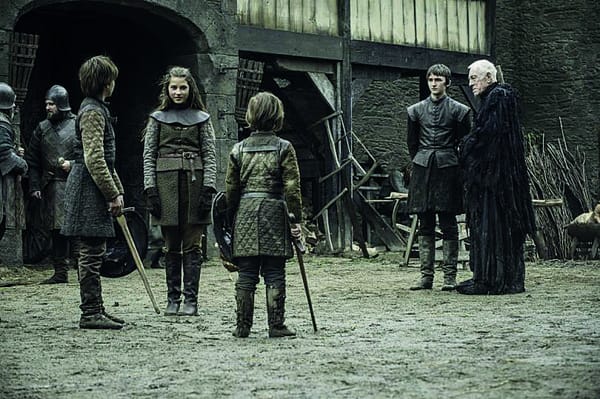Son of Saul stares into the abyss
The horror of the Holocaust is brought to life in László Nemes’ astonishing debut

Although admirable is an adjective too-often used to describe films whose artistic vision falls short of the final product, there is no word that I can think of more suited to describe Hungarian Holocaust drama Son of Saul. In most Holocaust dramas, the cinematic narrative is structured in order to create the most emotionally charged story possible – to give the impression of the gravity and sheer scale of the Holocaust and the victims created by the Nazi dictatorship. The Boy in the Striped Pyjamas comes to mind, where everything – from the euphoric music, to the dialogue, right down to the nuanced acting – is engineered in order to profit from an emotional response from the audience, the cynical possibility of an Oscar hanging somewhere in the near future. In the end, these films seem to almost trivialise the topic of the Holocaust, and while their aims may be noble, this method lacks emotional subtlety and creates a work with the feeling of emotional artifice. You may have guessed that Son of Saul is the complete antithesis of this. It is a piece of art that will endure years to come, not just this past Oscar’s season.
The first indicator that this is unique is the camera work: right from the opening, where titular character Saul Ausländer (Géza Röhrig) discovers a young boy murdered in the gas chambers, Mátyás Erdély’s 35mm cinematography focuses directly on the face of Saul, whose eyes sit dark and deep in his skull, revealing the pain he has up to this point endured and continues to endure as the film progresses.
Throughout the film we rarely glimpse anything further away than a couple of meters from Saul’s face, and director László Nemes shows incredible constraint and vision to resist capturing the production values or showing the violent atrocities that occur as he performs the tasks forced upon him as a member of the Sonderkommando (prisoner work units at death camps, made to assist the functioning of the gas chambers) such as in the opening scene where he is collecting the clothes of murdered Jews. The film follows Saul as he continues in his attempt to bury the child, who may or not be his son.
To tell this story, we go through hell on earth, focusing on the personal pain reflected in Géza Röhrig’s face – the use of a 40mm lens creates a claustrophobically shallow depth of field that keeps most of the nudity and murder out of focus. Reinforcing this is the decision to project the film in the academy ratio, with the near-square image further adding to the oppressive atmosphere.
Additional credit must be given to Tamás Záyni whose sound design creates the world that is kept out of sight: the screams of the people who realise what their fate, the furnaces in which the bodies are burnt – all locations are given such horrifying sound design that it is impossible not to imagine what occurs just beyond the frame, adding to the immersion created by Nemes.
Son of Saul is edited phenomenally by Matthieu Taponier, who creates such a tense pace that there is never a moment in which the film becomes portentous. Rather, Saul’s singular task of burying his son whilst in the midst of a hellish atrocity becomes a thrilling 107 minutes of cinema.
Of course, none of this would matter unless Röhrig had the abilities to carry the film. He undoubtedly has such abilities. The essential difference between film acting and theatrical acting is the minutia, something Röhrig completely understands: each grimace and look transcends whatever subtitles flash at the bottom of the screen, and in numerous profile shots he seems to stare into the very soul of the audience. In one particular shot we see a smile slowly unfold upon his face – it is shocking how simple an image has stuck with me all of this week, and a testament to the subtlety and mastery of Röhrig’s craft.
Although this is a film about a Sonderkommando in a concentration camp, it would be a mistake to label this as just a Holocaust drama; indeed, like all best stories it seeks to transpose a familiar human experience into the setting of an unfamiliar landscape. It is a story about how, in the darkest times, the ache to embrace traditions and to cling to them is one of the most basic human traits that exists. Whilst Saul and his compatriots are treated as nothing more than animals, the traditional burial that he seeks for his son is a goal that drives him to afford his son one last shred of humanity in an environment where this has been taken from them.
Son of Saul is an experience like no other. Yes, it is oppressively dark (for obvious reasons), and yes, it will haunt you. But it is a cinematic experience like no other – one of the most brutal depictions of the Holocaust ever committed to film, and one that should be experienced in the cinema.







